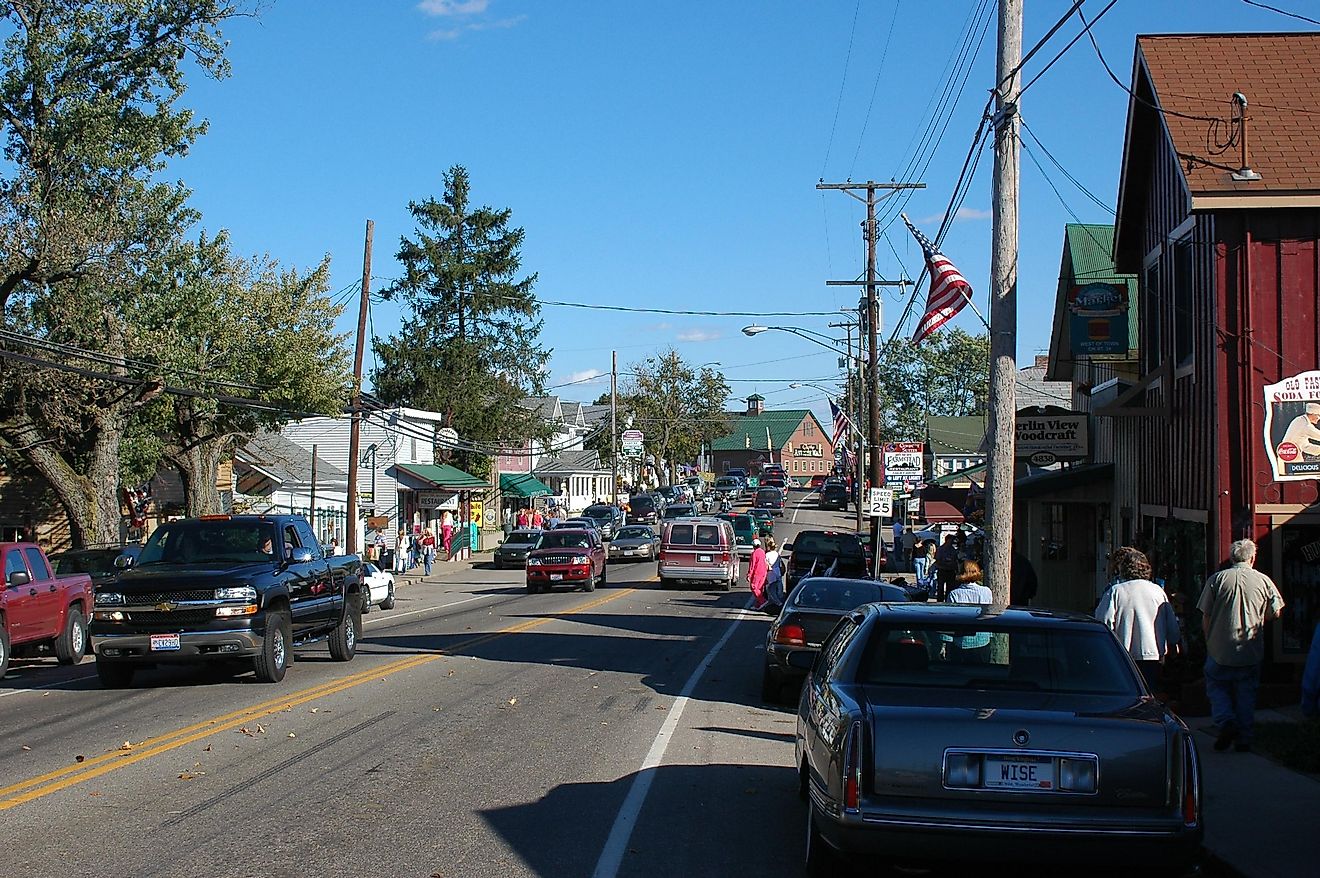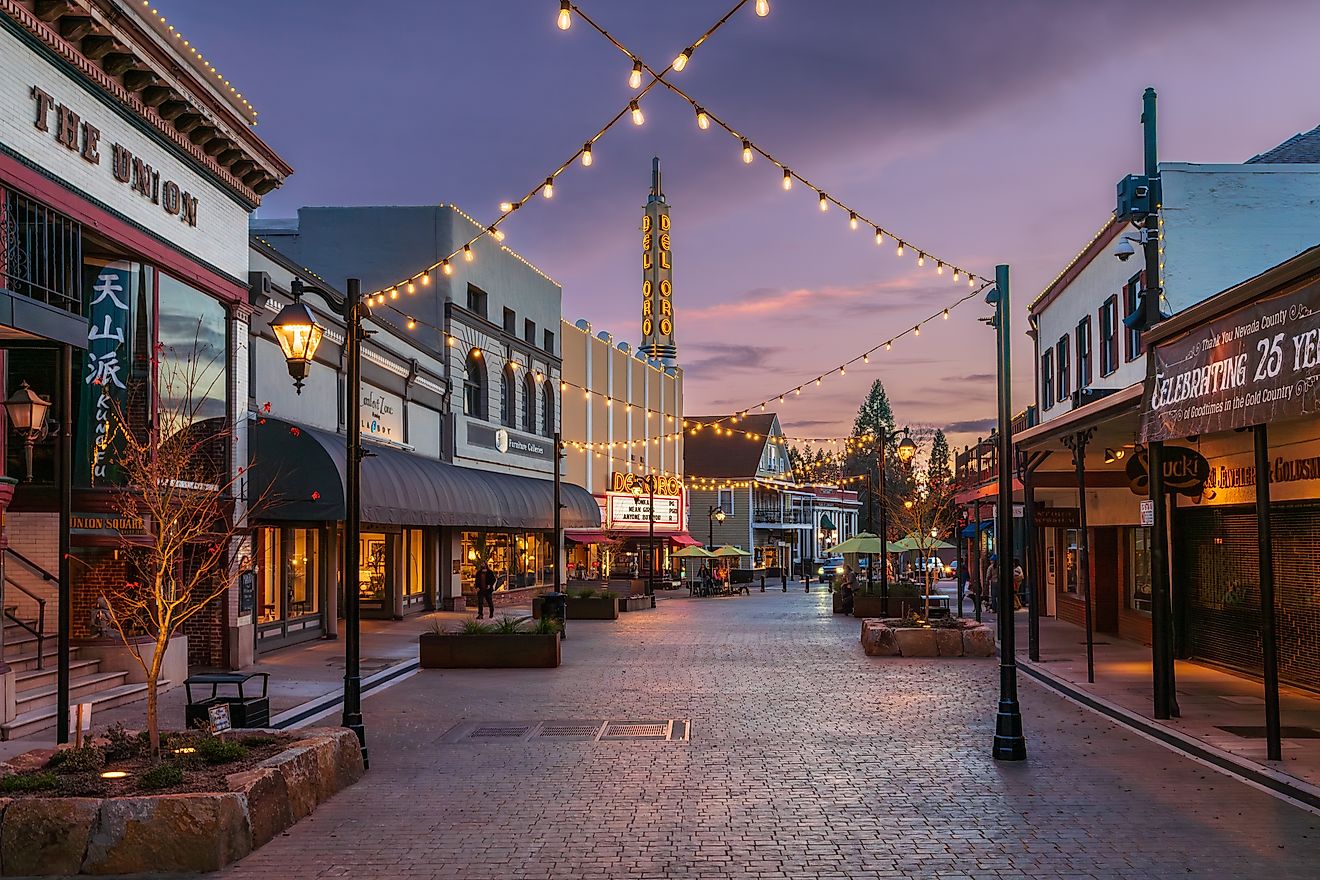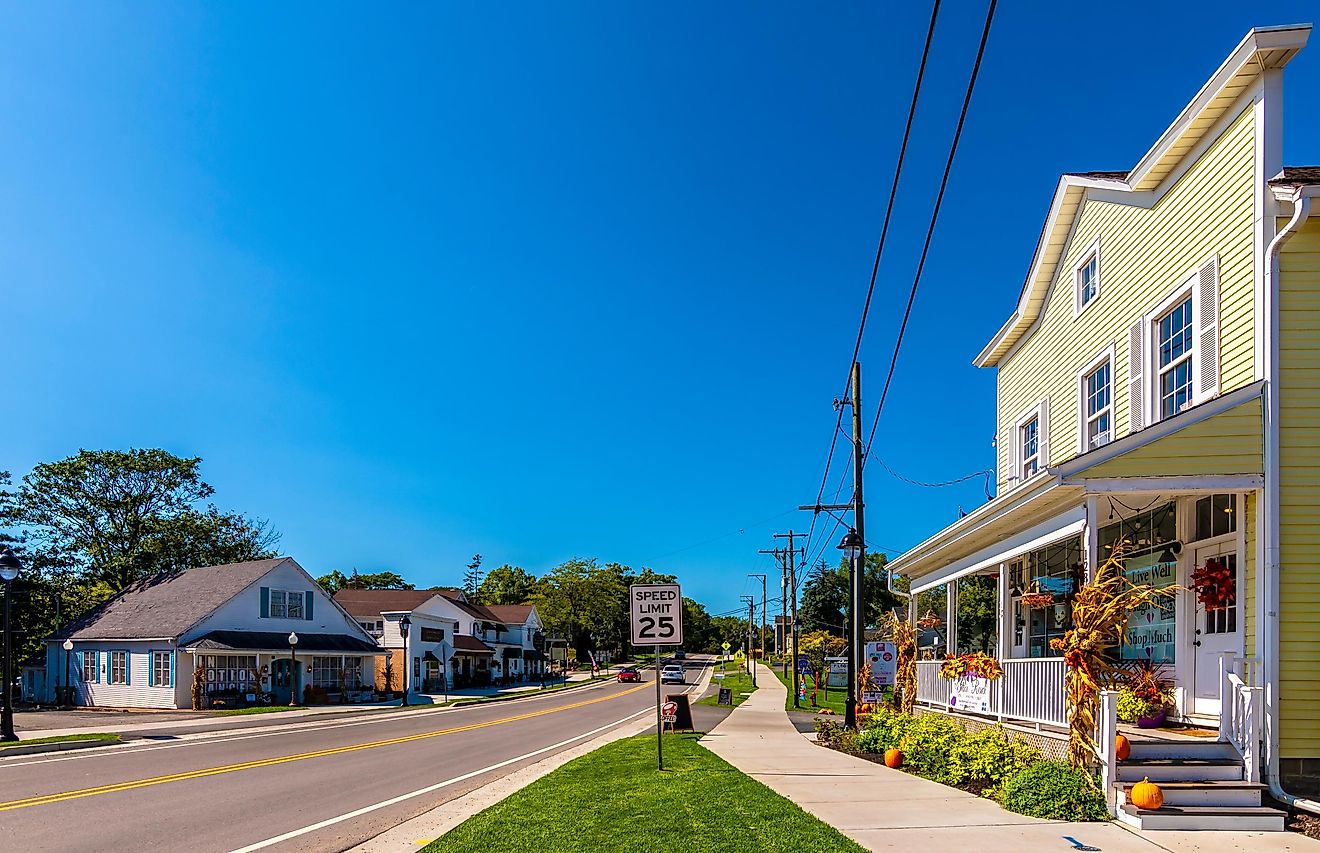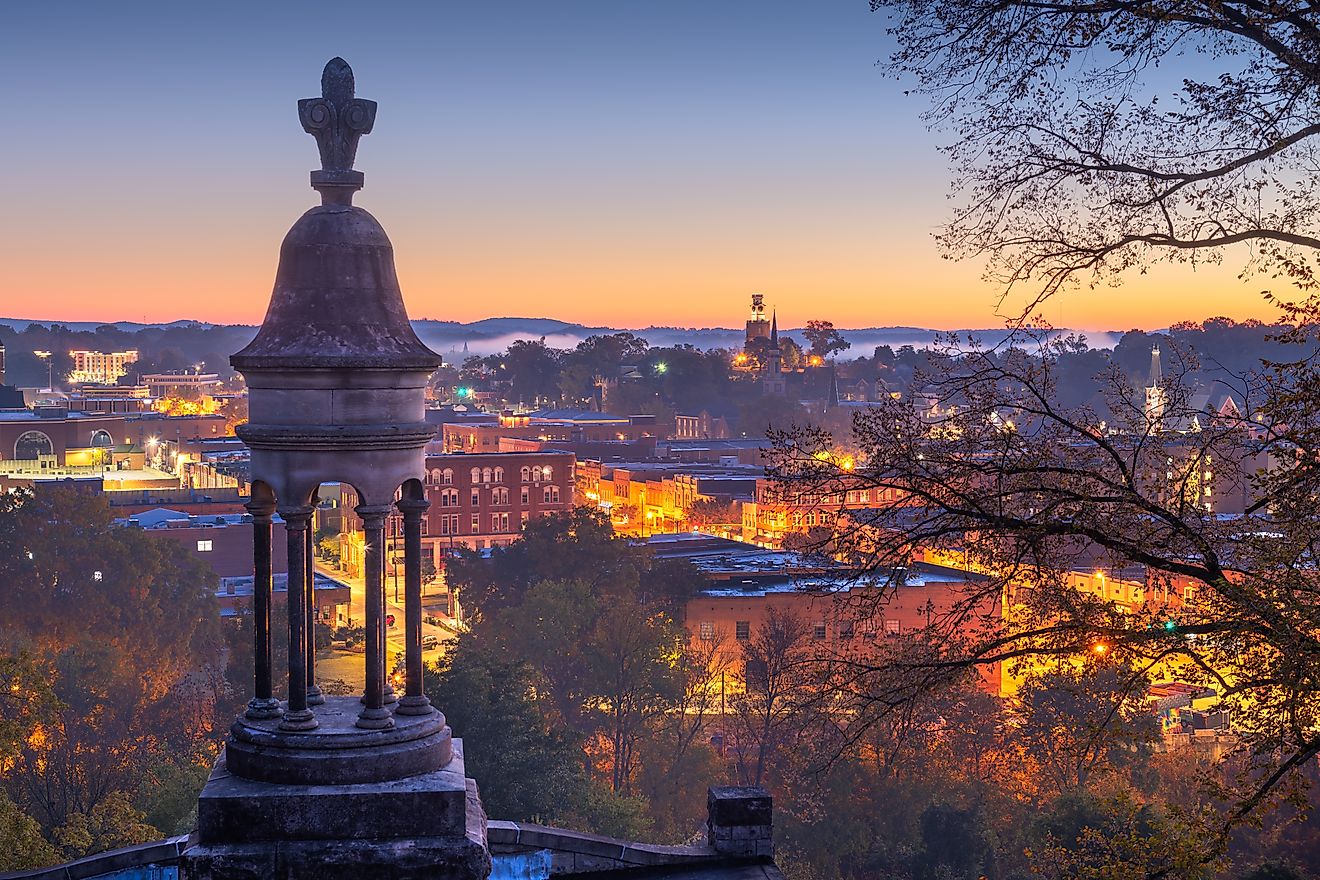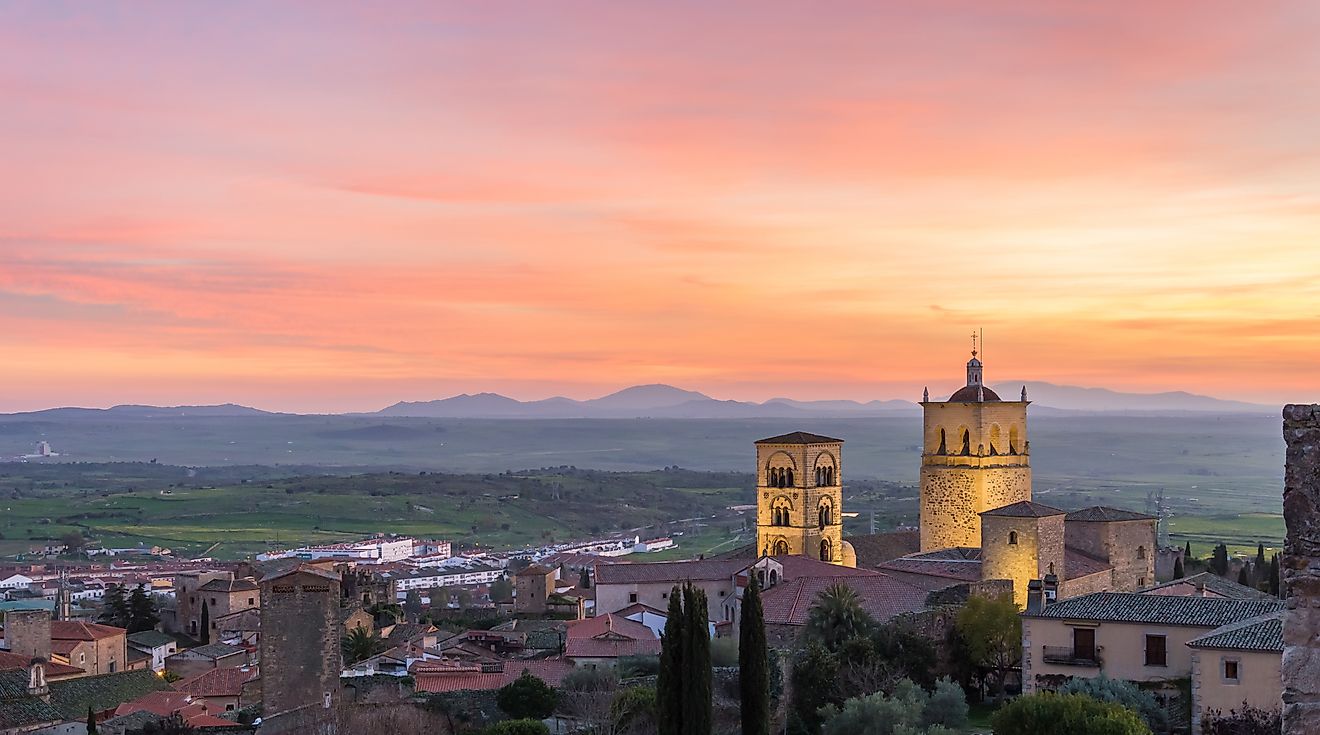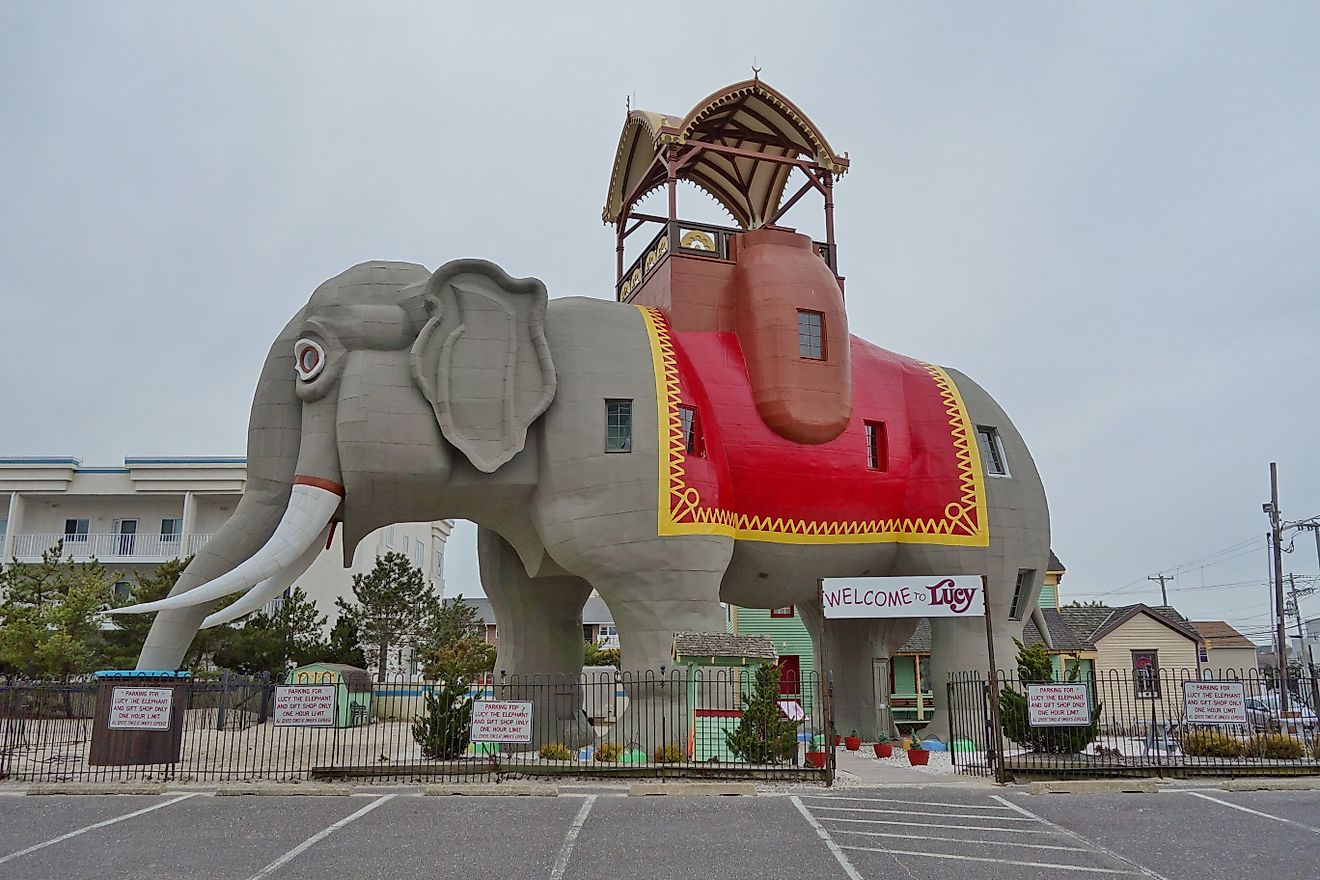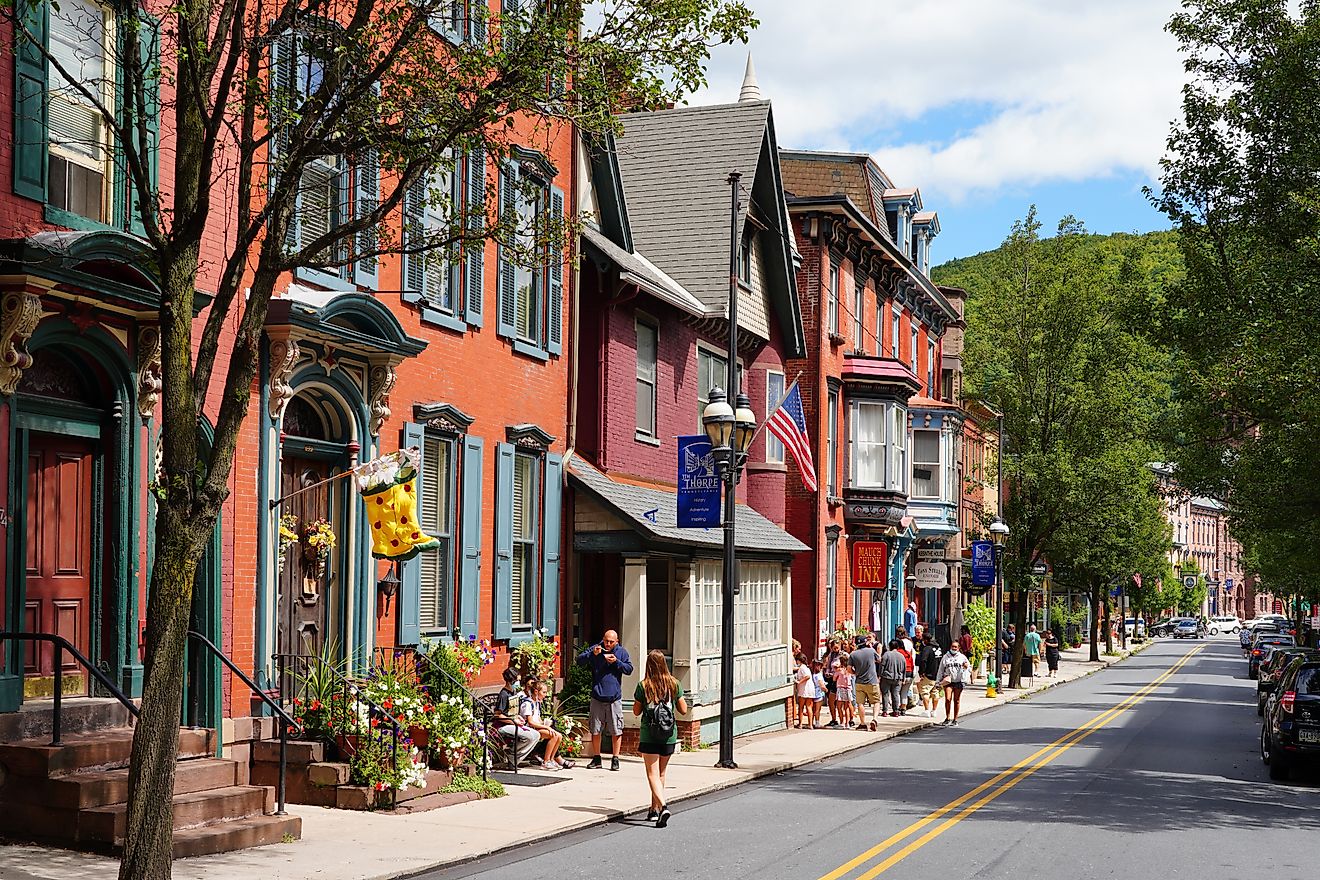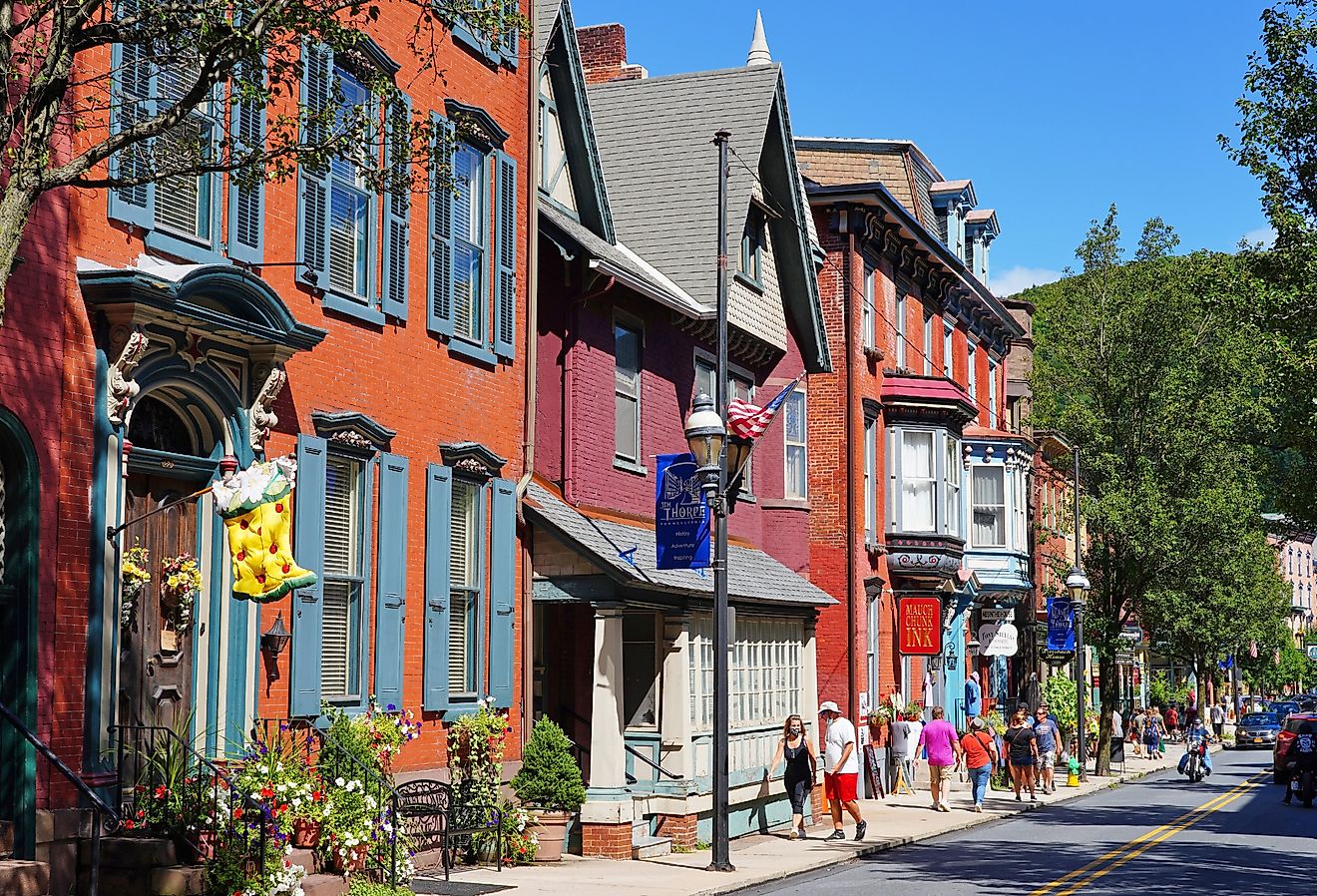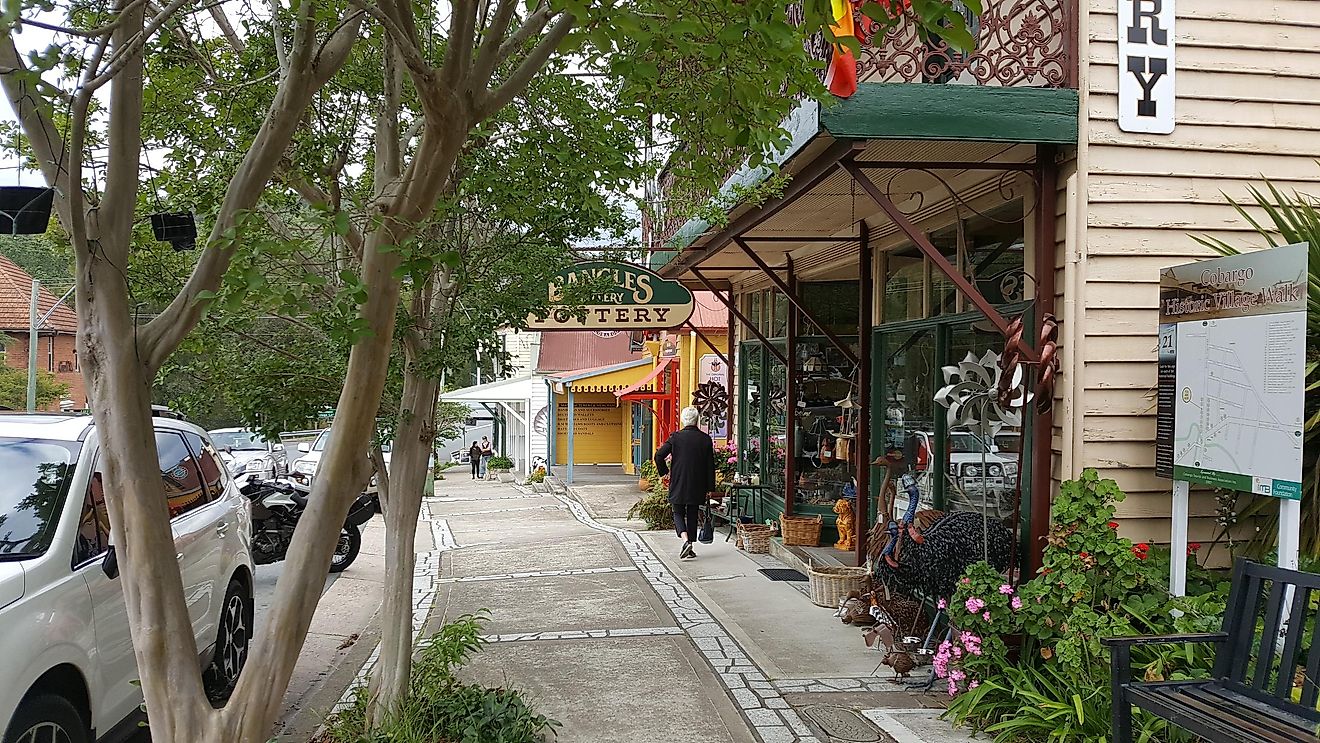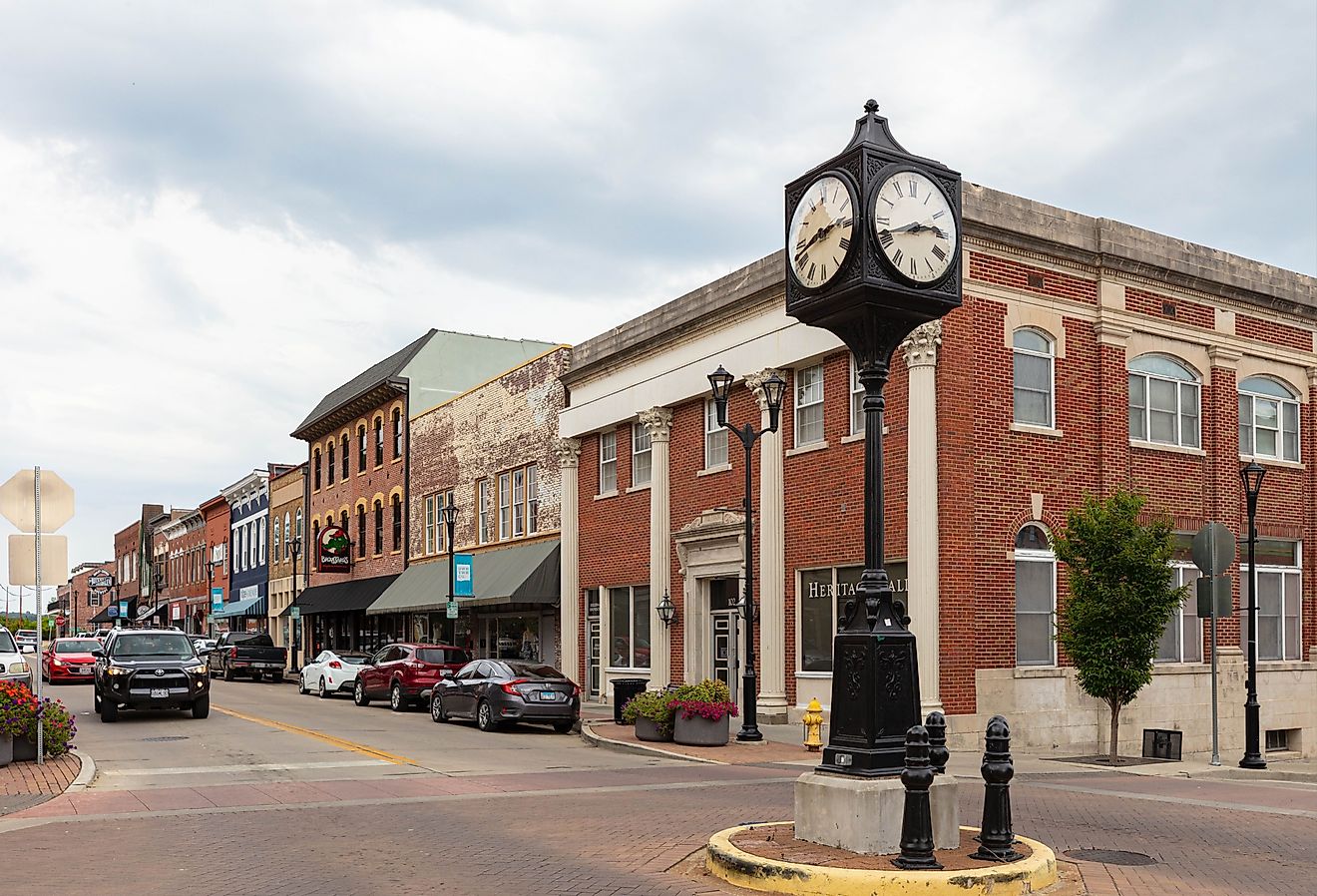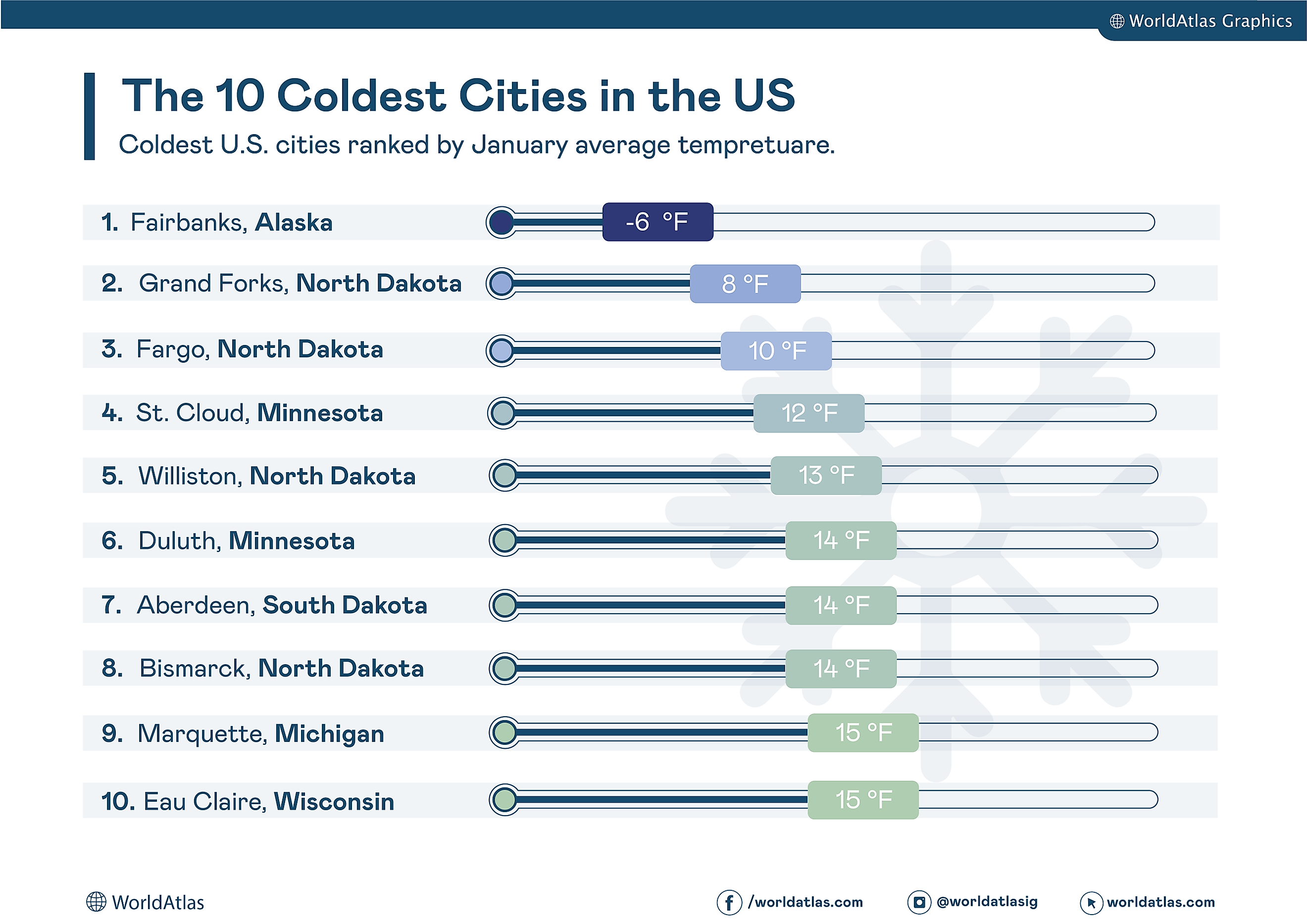
The 10 Coldest Cities In The United States
Our ancestors adapted to colder climates through migrations that took thousands of years, but today, you can book a flight to Fairbanks, Alaska, and live in the United State's coldest city within 24 hours. Fascinatingly, the majority of U.S. cities are coldest in January rather than February or December. So, to allow each city to put its chilliest foot forward, the January month-long average temperature is the defining metric here. Now, without delay, it is time to discover the best places to enjoy a hot chocolate — warmth is survival, after all.
The 10 Coldest Cities In The United States
| Rank | City Name | January Average Temperature |
|---|---|---|
| 1 | Fairbanks, Alaska | -6 °F |
| 2 | Grand Forks, North Dakota | 8 °F |
| 3 | Fargo, North Dakota | 10 °F |
| 4 | St. Cloud, Minnesota | 12 °F |
| 5 | Williston, North Dakota | 13 °F |
| 6 | Duluth, Minnesota | 14 °F |
| 7 | Aberdeen, South Dakota | 14 °F |
| 8 | Bismarck, North Dakota | 14 °F |
| 9 | Marquette, Michigan | 15 °F |
| 10 | Eau Claire, Wisconsin | 15 °F |
Click Here For: The 30 Coldest U.S. Cities Ranked By January Average Temperature
Click Here For: The 50 Coldest U.S. Cities Ranked By Annual Average Temperature
Fairbanks, AK, Averages −6 °F in January
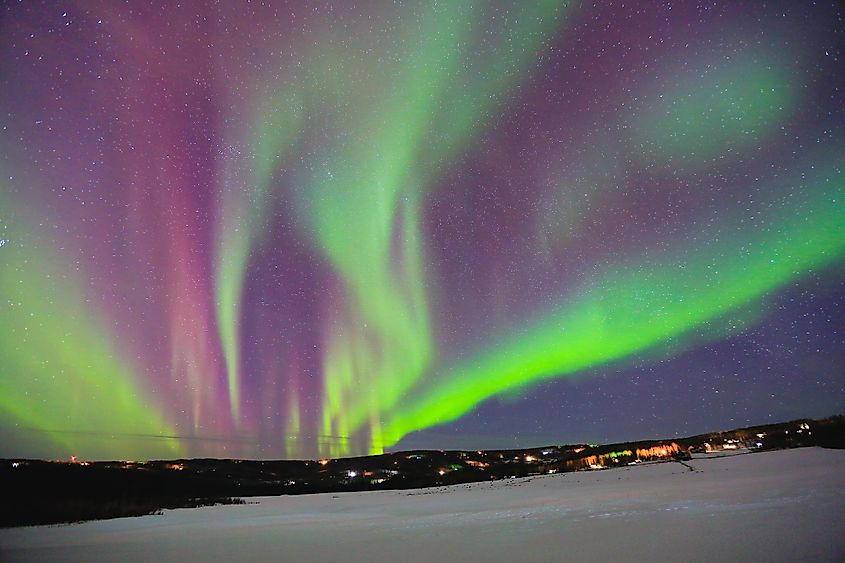
- Annual Average Temperature: 27.9 °F
- Lowest Temperature Recorded: −66 °F in 1934
- Lowest Recent Temperature: −51 °F in 2017
Latitude is Fairbanks's ultimate advantage over every other frigid city in the United States. The distance between a single degree is 69 miles; so if Fairbanks is at 64.83° N and Anchorage is at 61.21° N, Fairbanks is 350 miles farther away from the equator and, thus, the warmth of the sun. Now, the city may be as cold as a rock on Pluto, but the people are warmth-incarnate. The annual Winter Solstice Festival is proof of that, where locals and visitors gather to celebrate customs that illuminate the longest night of the year. Furthermore, the city's architecture is a marvel in itself, with buildings featuring triple-paned windows and heated sidewalks to combat the biting cold. Wildlife enthusiasts revel in frequent moose and beaver sightings, a lively spectacle in the snowy backdrop.
Fairbanks is also the proud starting point of the Yukon Quest Sled Dog Race. This 1,000-mile journey through harsh terrains has continued since 1984, and those proud sled dogs are certain to turn your heart to "mush." The city's approach to snow removal is a well-oiled machine, employing advanced methods and machinery to keep the city accessible. For those seeking warmth, nearby hot springs provide a soothing escape from the frosty air, popular among locals for their therapeutic qualities.
Grand Forks, ND, Averages 8 °F in January
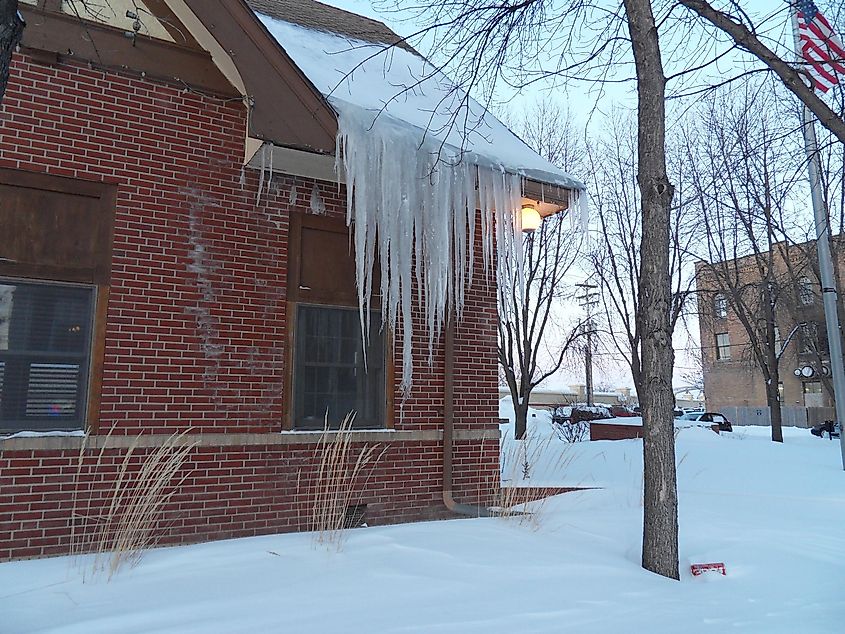
- Annual Average Temperature: 41 °F
- Lowest Temperature Recorded: −43 °F in 1912
- Lowest Recent Temperature: −34 °F in 2019
Those rims on the classic Stetson "Cowboy" hat are as much for snow as they are for the sun. In Grand Forks, it is not unusual to see one of these time-travelers crossing the road amidst a blizzard. The town was established where the Red River and Red Lake River converge, and it ranks third in size after Fargo and Bismarck. Furthermore, Grand Forks has its origin rooted in human creativity and resilience, as it was founded by steamboat captain Alexander Griggs and evolved from a trading center into a modern city. Historically, the town has endured nature's wrath and come out standing, including the devastating flood of 1997. Today, the town is home to the University of North Dakota, and it also features attractions like the Ralph Engelstad Arena and the North Dakota Museum of Art, so folks flock here for all manner of reasons. With a population of over 59,000, Grand Forks maintains a small-town atmosphere with the best of modern conveniences, which is no small thing when a deadly chill sets in.
Fargo, ND, Averages 10 °F in January
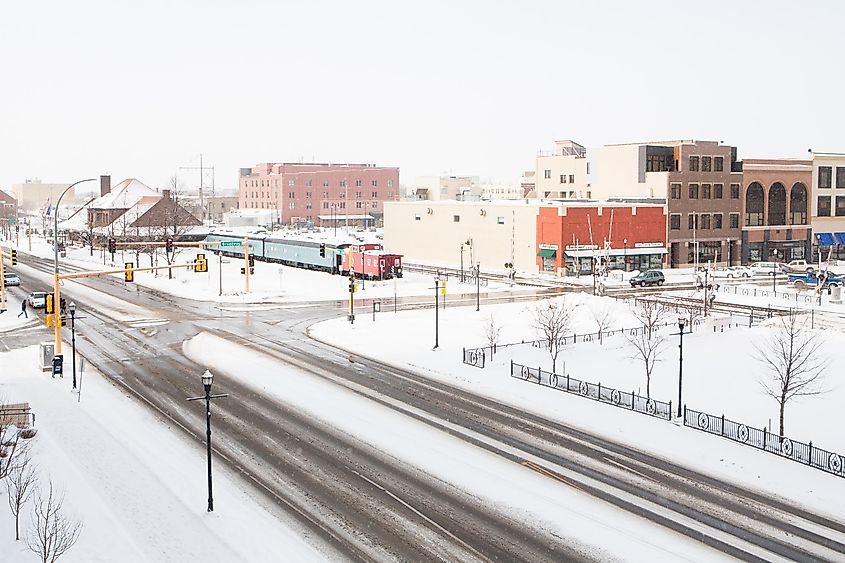
- Annual Average Temperature: 42.5 °F
- Lowest Temperature Recorded: −39 °F in 1996
- Lowest Recent Temperature: −33 °F in 2019
In between intense freezes, Jeans and a simple vest are typical apparel in the middle of winter in Fargo: 'cold' is relative, and a slightly sunny day must feel like a sauna for these strong souls. At 124,000 inhabitants, Fargo is the largest city in the state and sits in the middle of North Dakota's eastern border with Minnesota, and this midwestern region is famously frigid. Despite the chill, the people have adapted, and the culture is constantly alive regardless of snow or shine. Here, winter sports enthusiasts can enjoy activities like cross-country skiing at Edgewood Park or ice skating at Broadway Square. The city dates back to its establishment in 1871 as a critical point for steamboats and railways. Fargo's present-day economy, supported by manufacturing, healthcare, and education, thrives amidst the harsh climate. For visitors, cultural experiences await at the Plains Art Museum or the Roger Maris Museum, providing a warm refuge. Even in winter's grip, Fargo's community spirit, indoor activities, and legendary bison burgers keep the city lively.
St. Cloud, MN, Averages 12 °F in January
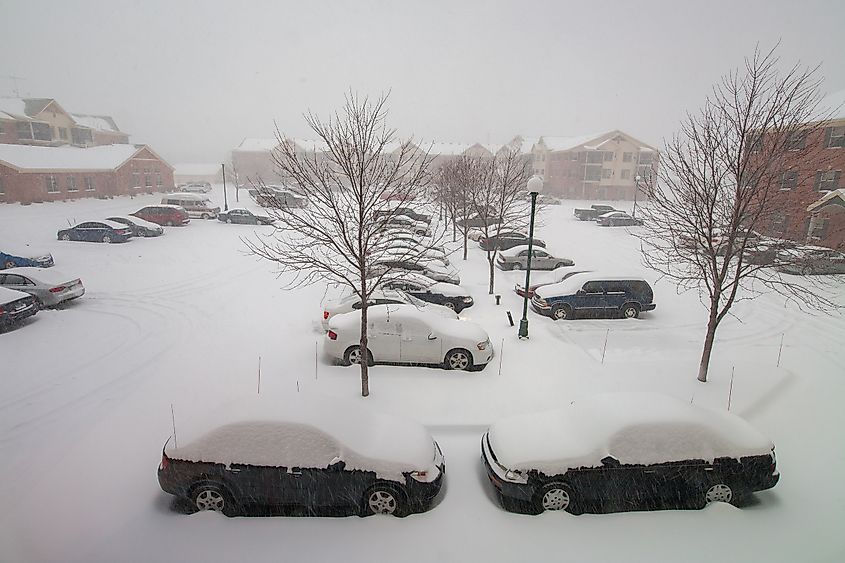
- Annual Average Temperature: 43°F
- Lowest Temperature Recorded: −43 °F in 1977
- Lowest Recent Temperature: −34 °F in 2019
Sledding culture is so strong in this snowy city that one might presume it is the default transportation for commuters during the winter. With a population of over 68,000, this city, established on the banks of the Mississippi River, stretches across Stearns, Benton, and Sherburne counties. The youthful side of the community returns each year, with kids and adults participating in activities like sledding at Riverside Park or exploring the frosty trails of Quarry Park and Nature Preserve. The city's history is built into its most notable landmarks, which are aetherial when covered in a layer of fresh white snow, such as the Cathedral of Saint Mary or the preserved St. Cloud Commercial Historic District. Moreover, St. Cloud State University adds academic vigor to the area, while the Great River Regional Library serves as a warm haven for book lovers. St. Clouds origins are ultimately the message of "strength in numbers" as the city formed from the union of three independent towns, and solidarity is key to thriving even in the coldest of seasons.
Williston, ND, Averages 13 °F in January
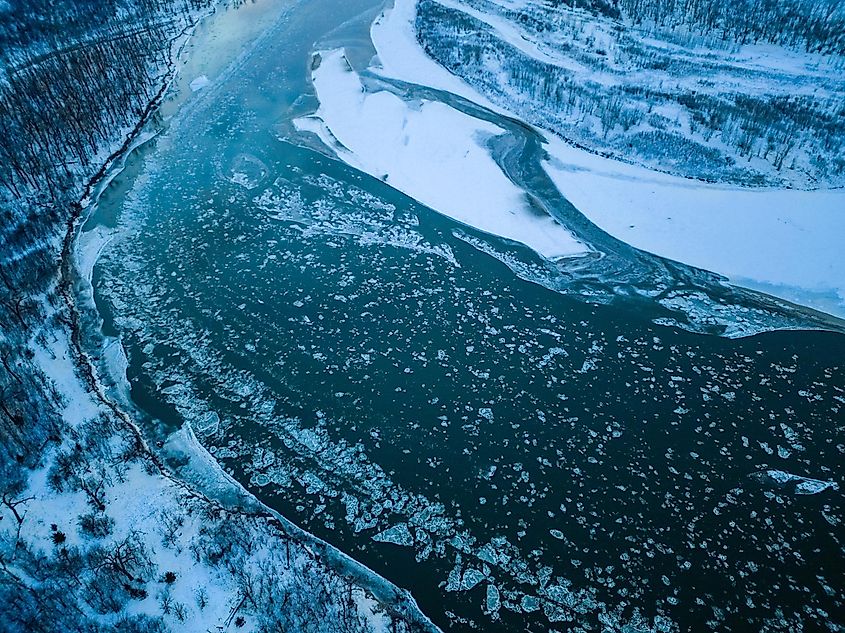
- Annual Average Temperature: 41.5 °F
- Lowest Temperature Recorded: −50 °F in 1936
- Lowest Recent Temperature: −34 °F in 2019
1936 was not only the year of the coldest freeze in Williston history, it was also the year that the Rural Electrification Act made it certain that folks living in the outskirts could fight back the cold with modern electrical appliances. If absence makes the heart grow fonder, and an appetite makes the meal tastier, then negative 50 makes the heater that much warmer! Historically, Williston was established in 1887 on the Missouri River and named after Daniel Willis James, and today, the town operates as the county seat of Williams County. Williston's population surged to 29,160 by 2020, nearly doubling in a decade due to the North Dakota oil boom of 2006. Like many of the outdoor-obsessed towns on this list, winter activities in Williston are abundant, ranging from skiing and snowboarding to ice fishing and snowmobiling. Last, for guests who cannot wait longer for summer to arrive, the Williston Area Recreation Center provides indoor surfing and an indoor water park all year round. Just make sure you towel off before your hair turns into a giant icicle outside.
Duluth, MN, Averages 14 °F in January
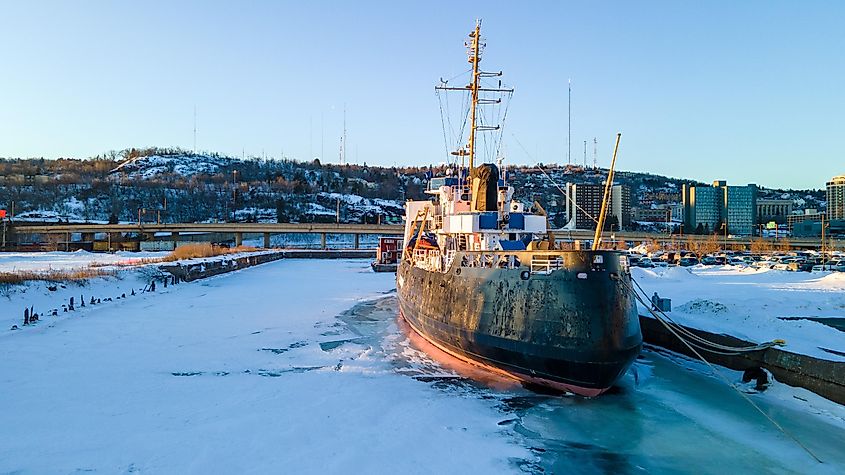
- Annual Average Temperature: 39.5 °F
- Lowest Temperature Recorded: −39 °F in 1996
- Lowest Recent Temperature: −31 °F in 2019
Shovels at the ready? Duluth is a town that regularly receives over 86 inches of snow each season, an ongoing pattern that has been recorded since 1981. This port city, one of Minnesota's largest, lies on the western tip of Lake Superior, its history rooted deeply in the fur-trading era and exploration, and is named after the 1679 French explorer Daniel Greysolon Sieur Du Lhut. Today, Duluth's cold climate is no deterrent to its 86,697 residents and the many tourists who brave the freezing, windy winters for its myriad outdoor activities. Winter enthusiasts revel in Nordic skiing through tree-lined trails, ice skating, and snowshoeing at the historic Glensheen Mansion. Moreover, for a city so famously cold, it takes exceptional engineering and maritime acumen to brave and conquer the elements. Coal and grain are two key ingredients for a state attempting to outlast winter, and Duluth plays a key role in those imports. For those eager to learn, the Lake Superior Maritime Museum offers insights into the region's nautical history, and the Aerial Lift Bridge is proof of Duluth's engineering brilliance. So, if Minnesota is the "Star of the North," then Duluth is that star's source of heat.
Aberdeen, SD, Averages 14 °F in January
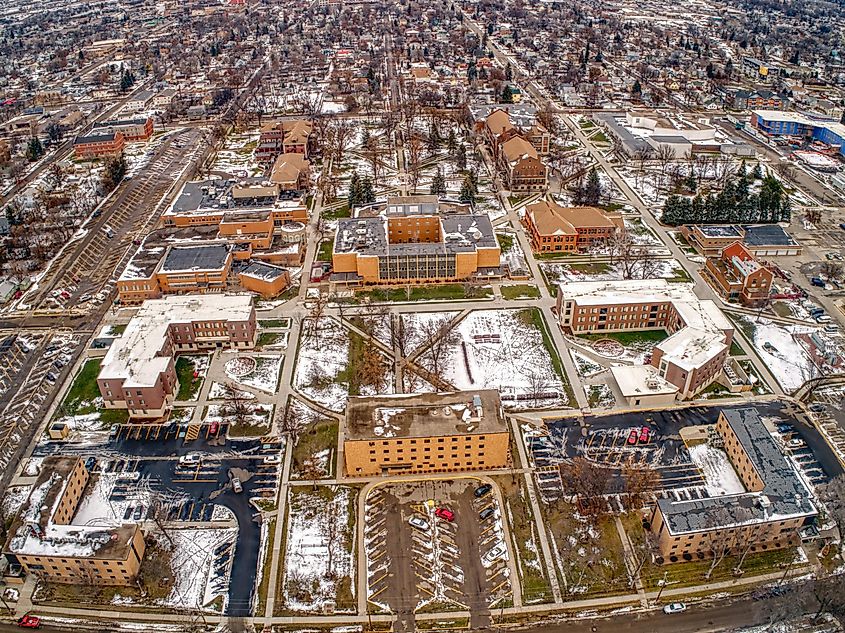
- Annual Average Temperature: 42.5 °F
- Lowest Temperature Recorded: −46 °F in 1912
- Lowest Recent Temperature: −37 °F in 2019
Without any mountain ranges to block the icy-cold air from the north, Aberdeen has become a city synonymous with snowfall. In 1979, Aberdeen went 74 days without getting warmer than freezing (32 °F), and a similar run of nearly 38 days occurred in 2019. Yet, Aberdeen's community thrives in this frosty environment. Sledding at Baird Park and skating across the city's outdoor and indoor rinks transform the biting cold into an opportunity for mischief. Regarding identity, the town is warm enough to be an agricultural hub during the rest of the year, and its historical roots stretch back to 1881 when it was named after Aberdeen's Scottish counterpart by railroad president Alexander Mitchell. The town was once home to L. Frank Baum, author of "The Wonderful Wizard of Oz," and winter visitors can rest assured that they are quite safe from the Wicked Witch's poppy spell.
Bismarck, ND, Averages 14 °F in January
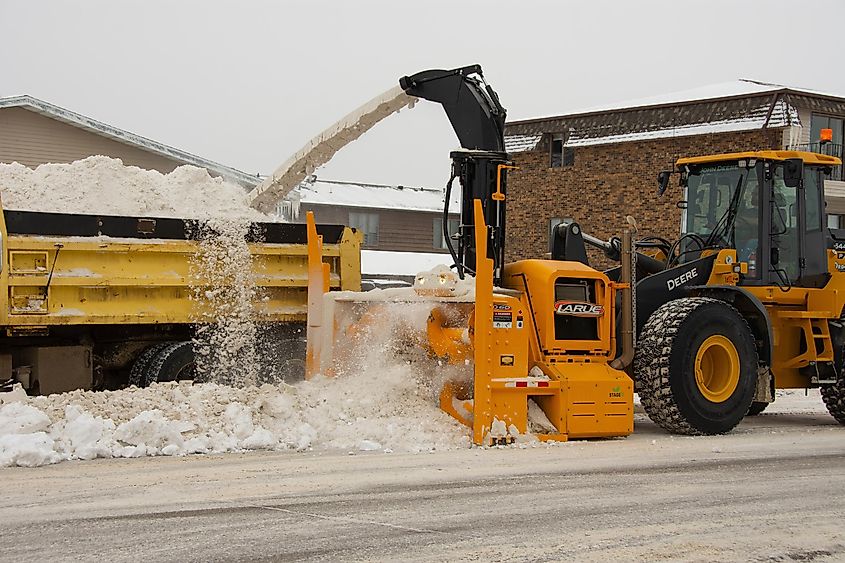
- Annual Average Temperature: 43 °F
- Lowest Temperature Recorded: −46 °F in 1936
- Lowest Recent Temperature: −33 °F in 2019
As one quirky local saying in this region goes, "No such thing as bad weather, just bad clothes!" Bismarck lies in the heart of the Great Plains, and its settlers have been tactical with their apparel choice since the city's founding in 1872. Originally, Bismarck began as a military camp that was established to protect railroad workers from Indigenous American opposition, and it was intriguingly named in honor of a foreign figure. German bondholders had invested in the railroad, so the naming honored the chancellor and, thus, the investors. Today, Bismarck continues to embrace its chilly winters, offering activities like ice fishing on the Missouri River or exploring snow-laden trails, such as snowshoeing throughout Fort Abraham Lincoln State Park. Last, although winter storms regularly bury Bismarck, the administration is up to the challenge, and the city has a good reputation for keeping streets plowed.
Marquette, MI, Averages 15 °F in January
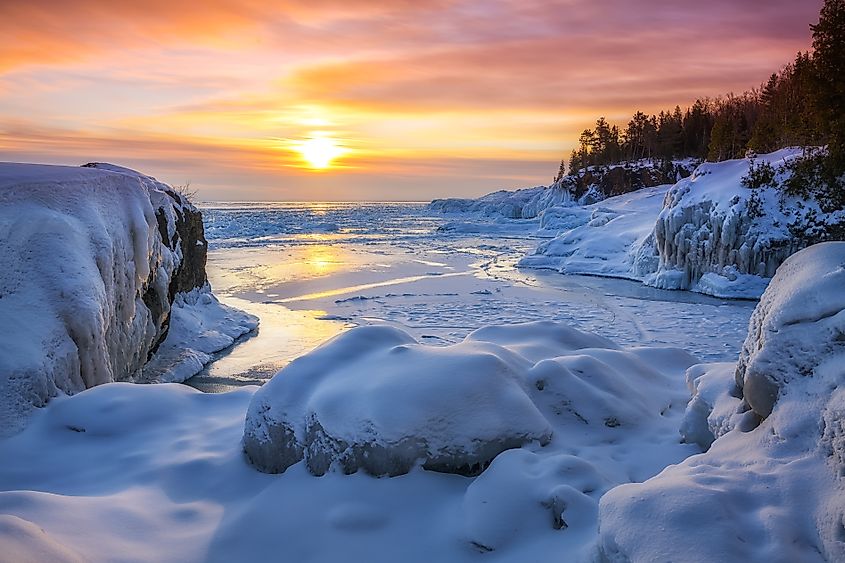
- Annual Average Temperature: 43°F
- Lowest Temperature Recorded: −33 °F in 1861
- Lowest Recent Temperature: −14 °F in 2019
If recent lows up to negative 14 are not cold enough for you, then Marquette's nearby Ice Caves should do the trick. The city and its region are situated on Lake Superior's shores, and for that reason, Marquette has become a populated center that specializes in iron ore shipping. Iron ore is the central reason that the area was founded in 1849, but the city's origins trace back to 17th-century French missionaries and early 19th-century trappers. Thankfully, Marquette's cold climate has been conquered in the last two centuries, and certain events showcase that fact, such as the UP200 sled dog race and the 137th Annual Ishpeming Ski Jumping Tournament. With 110 inches of average snowfall, great creativity when engaging with the outdoors is an expected result.
Eau Claire, WI, Averages 15 °F in January
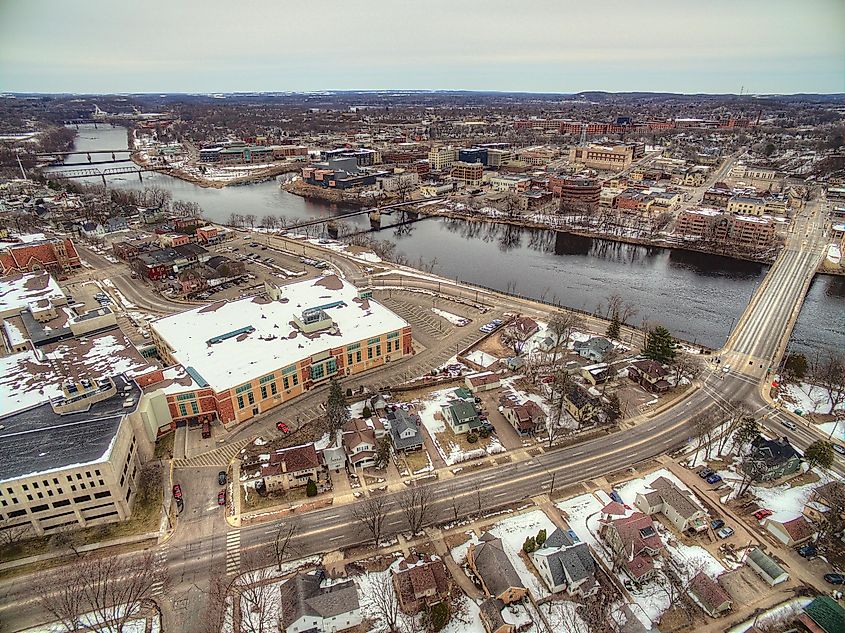
- Annual Average Temperature: 44.5 °F
- Lowest Temperature Recorded: −45 °F in 1951
- Lowest Recent Temperature: −30 °F in 2019
Eau Claire is blindingly white each winter when its fields and rivers are nearly identical under blankets of snow. These frosty months give way to seasonal activities: locals challenge each other in Kubb, a traditional game, on whitened lawns; families sled down the slopes of Pinehurst Park; and the warmth of local cafés like The Nucleus and Acoustic Café offer respite with steaming cups of coffee. The city is remarkably cold because it is spread along the confluence of the Eau Claire and Chippewa rivers, as well as the polar vortexes common to the region. Residents of Eau Claire advise warming up cars ahead of time, wearing quality snow pants, and getting familiar with a snow shovel.
Warmth is a more meaningful sensation, physically and socially, when the surrounding environment is literally frozen solid. That shared sense of trial spawns a cooperative bond, and these cities thrive each winter because they do not allow a chilly climate to ice over their joy for life. Record lows have proven that in places with temperatures that go below −50°F, your spit will freeze before it touches the ground, so do not skimp on a warm outfit. Once you are bundled up like a marshmallow, feel free to roam these crystalline cities that are waiting to invite you in.
The 30 Coldest Cities In The United States Ranked By January Average Temperature
| Rank | City Name | Dec/Jan/Feb Mean Temp. |
|---|---|---|
| 1 | Fairbanks, Alaska | -4°F / -6°F / 0°F |
| 2 | Grand Forks, North Dakota | 13°F / 8°F / 12°F |
| 3 | Fargo, North Dakota | 15°F / 10°F / 15°F |
| 4 | St. Cloud, Minnesota | 17°F / 12°F / 17°F |
| 5 | Williston, North Dakota | 16°F / 13°F / 18°F |
| 6 | Duluth, Minnesota | 19°F / 14°F / 18°F |
| 7 | Aberdeen, South Dakota | 17°F / 14°F / 18°F |
| 8 | Bismarck, North Dakota | 17°F / 14°F / 18°F |
| 9 | Marquette, Michigan | 20°F / 15°F / 17°F |
| 10 | Eau Claire, Wisconsin | 20°F / 15°F / 20°F |
| 11 | Rochester, Minnesota | 21°F / 16°F / 20°F |
| 12 | Sault Ste. Marie, Michigan | 23°F / 16°F / 18°F |
| 13 | Minneapolis, Minnesota | 20°F / 16°F / 20°F |
| 14 | Huron, South Dakota | 20°F / 17°F / 21°F |
| 15 | Anchorage, Alaska | 19°F / 18°F / 21°F |
| 16 | La Crosse, Wisconsin | 23°F / 18°F / 23°F |
| 17 | Sioux Falls, South Dakota | 21°F / 18°F / 22°F |
| 18 | St. Albans, Vermont | 25°F / 18°F / 20°F |
| 19 | Green Bay, Wisconsin | 24°F / 19°F / 22°F |
| 20 | Waterloo, Iowa | 24°F / 19°F / 23°F |
| 21 | Burlington, Vermont | 27°F / 20°F / 23°F |
| 22 | Dubuque, Iowa | 25°F / 21°F / 25°F |
| 23 | Sioux City, Iowa | 23°F / 21°F / 25°F |
| 24 | Concord, New Hampshire | 28°F / 22°F / 25°F |
| 25 | Milwaukee, Wisconsin | 28°F / 23°F / 26°F |
| 26 | Sheridan, Wyoming | 24°F / 25°F / 27°F |
| 27 | Missoula, Montana | 24°F / 25°F / 29°F |
| 28 | Buffalo, New York | 31°F / 26°F / 27°F |
| 29 | Rapid City, South Dakota | 28°F / 26°F / 28°F |
| 30 | Reno, Nevada | 33°F / 33°F / 38°F |
50 Coldest U.S. Cities Ranked By Annual Average Temperature
Note: Excluding Fairbanks, these 50 cities have populations of ~100,000.
| Rank | City | Yearly Avg. Temperature °F(°C) |
|---|---|---|
| 1 | Fairbanks | 27.9(−2.3) |
| 2 | Anchorage | 37.1(2.8) |
| 3 | Minneapolis | 46.1(7.8) |
| 4 | Milwaukee | 48.1(8.9) |
| 5 | Chicago | 49.7(9.8) |
| 6 | Detroit | 50.0(10.0) |
| 7 | Denver | 50.7(10.4) |
| 8 | Omaha | 51.1(10.6) |
| 9 | Pittsburgh | 51.4(10.8) |
| 10 | Boston | 51.7(10.9) |
| 11 | Seattle | 52.4(11.3) |
| 12 | Boise | 52.5(11.4) |
| 13 | Salt LakeCity | 52.9(11.6) |
| 14 | Columbus | 53.0(11.7) |
| 15 | Indianapolis | 53.2(11.8) |
| 16 | Portland (OR) | 54.4(12.4) |
| 17 | Kansas City | 54.5(12.5) |
| 18 | New York City | 55.3(12.9) |
| 19 | Baltimore | 55.6(13.1) |
| 20 | Philadelphia | 55.8(13.2) |
| 21 | Louisville | 57.1(13.9) |
| 22 | St. Louis | 57.0(13.9) |
| 23 | Wichita | 57.0(13.9) |
| 24 | Albuquerque | 57.2(14.0) |
| 25 | SanFrancisco | 58.2(14.6) |
| 26 | Washington, D.C. | 58.2(14.6) |
| 27 | Nashville | 59.8(15.4) |
| 28 | VirginiaBeach | 60.5(15.8) |
| 29 | OklahomaCity | 60.6(15.9) |
| 30 | Charlotte | 60.9(16.1) |
| 31 | Sacramento | 61.3(16.3) |
| 32 | San Jose | 61.5(16.4) |
| 33 | Atlanta | 62.6(17.0) |
| 34 | Memphis | 63.0(17.2) |
| 35 | San Diego | 64.1(17.8) |
| 36 | Fresno | 64.3(17.9) |
| 37 | El Paso | 64.6(18.1) |
| 38 | Los Angeles | 65.4(18.6) |
| 39 | Dallas | 66.2(19.0) |
| 40 | Jacksonville | 68.5(20.3) |
| 41 | Las Vegas | 68.5(20.3) |
| 42 | Austin | 69.3(20.7) |
| 43 | New Orleans | 69.2(20.7) |
| 44 | Houston | 69.4(20.8) |
| 45 | San Antonio | 69.5(20.8) |
| 46 | Tucson | 69.7(20.9) |
| 47 | Tampa | 73.2(22.9) |
| 48 | Lake Havasu City | 74.6(23.7) |
| 49 | Phoenix | 75.0(23.9) |
| 50 | Palm Springs | 76.1(24.5) |
